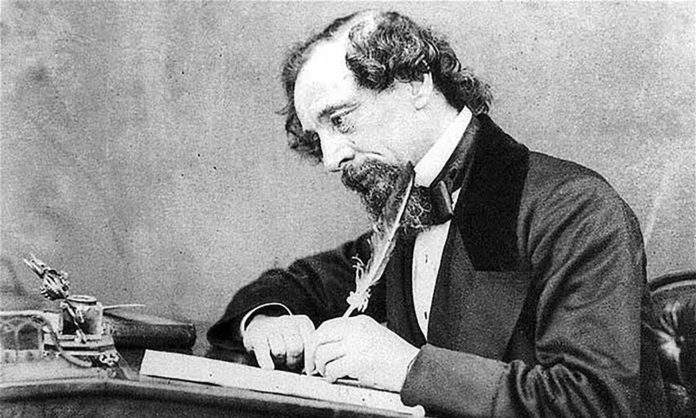In an essay on Lit Hub, Bill McKibben shares his experience writing his serialized novel, The Other Cheek. “It famously worked for Dickens: everyone’s heard the legend that crowds gathered quayside to ask incoming ships for news of Little Nell.” Allegedly.
For his experiment in serial writing, McKibben hoped to capture the excitement of having content delivered at regular intervals with the satisfaction of delivering a satisfying overall story. “Without the benefit of neuroscience I’ll hazard a guess that there’s a slightly different place in the brain where this kind of story lives, stuck somewhere between short and long-term,” he says. “The story lingered in people’s minds from one Friday to the next, and they wondered what turn it would take.”
This approach has its pros and cons. An all-in-one novel allows a reader to become immersed in the story world, while a serialized novel must reintroduce the character and situations with each installment. On the other hand, once a reader has finished a standalone novel, they quickly move on to the next. A serialized approach allows your story to stay in front of readers for a much longer period, since they can’t binge read it right away.
“There’s something charming about the serial, an old form easily adaptable to modern technology,” McKibben says. “Time, constantly accelerating, has become an enemy both of thought and relaxation; here’s a method (aside from edibles) for slowing down and elongating the gasping pace of our world.”












